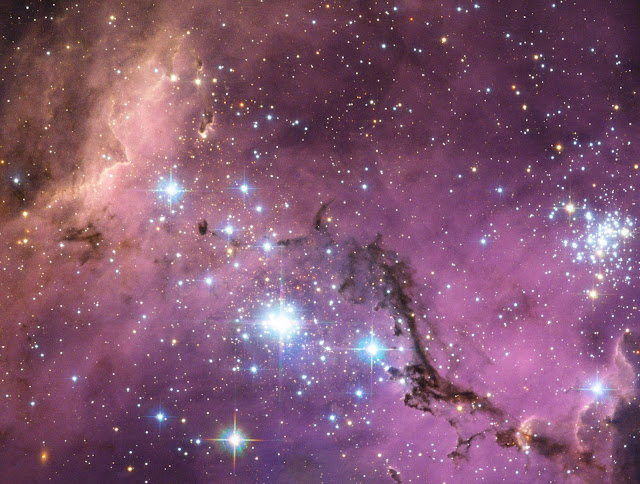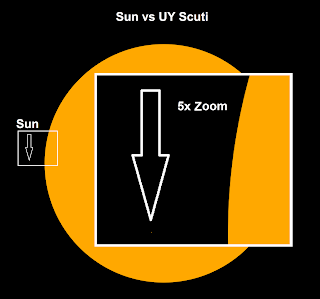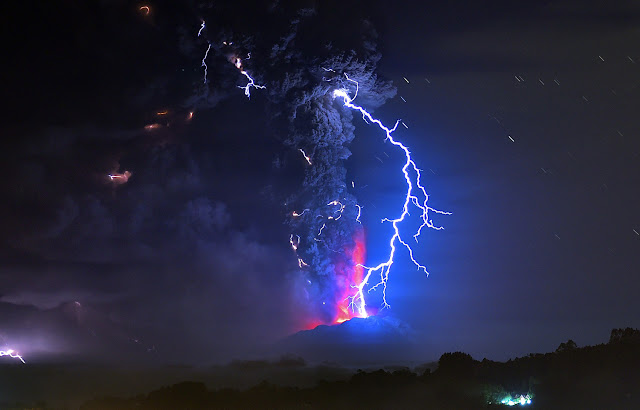This image is a composite of 23 separate images spanning the period of January 11, 2015 to January 21, 2016. It uses the SDO AIA wavelength of 171 angstroms and reveals the zones on the Sun where active regions are most common during this part of the solar cycle.
The Sun is always changing and NASA's Solar Dynamics Observatory is always watching. Launched on Feb. 11, 2010, SDO keeps a 24-hour eye on the entire disk of the Sun, with a prime view of the graceful dance of solar material coursing through the Sun's atmosphere, the corona. SDO's sixth year in orbit was no exception. This video shows that entire sixth year--from Jan. 1, 2015 to Jan. 28, 2016 as one time-lapse sequence. At full quality, this video is ultra-high definition 3840x2160 and 59.94 frames per second. Each frame represents 1 hour.
SDO's Atmospheric Imaging Assembly (AIA) captures a shot of the Sun every 12 seconds in 10 different wavelengths. The images shown here are based on a wavelength of 171 angstroms, which is in the extreme ultraviolet range and shows solar material at around 600,000 Kelvin (about 1 million degrees F.) In this wavelength it is easy to see the Sun's 25-day rotation.
During the course of the video, the Sun subtly increases and decreases in apparent size. This is because the distance between the SDO spacecraft and the Sun varies over time. The image is, however, remarkably consistent and stable despite the fact that SDO orbits Earth at 6,876 mph and the Earth orbits the Sun at 67,062 miles per hour.
Scientists study these images to better understand the complex electromagnetic system causing the constant movement on the Sun, which can ultimately have an effect closer to Earth, too: Flares and another type of solar explosion called coronal mass ejections can sometimes disrupt technology in space. Moreover, studying our closest star is one way of learning about other stars in the galaxy.
Image Credit: NASA's Goddard Space Flight Center/SDO/S. Wiessinger
Explanation from: https://svs.gsfc.nasa.gov/cgi-bin/details.cgi?aid=12144











































